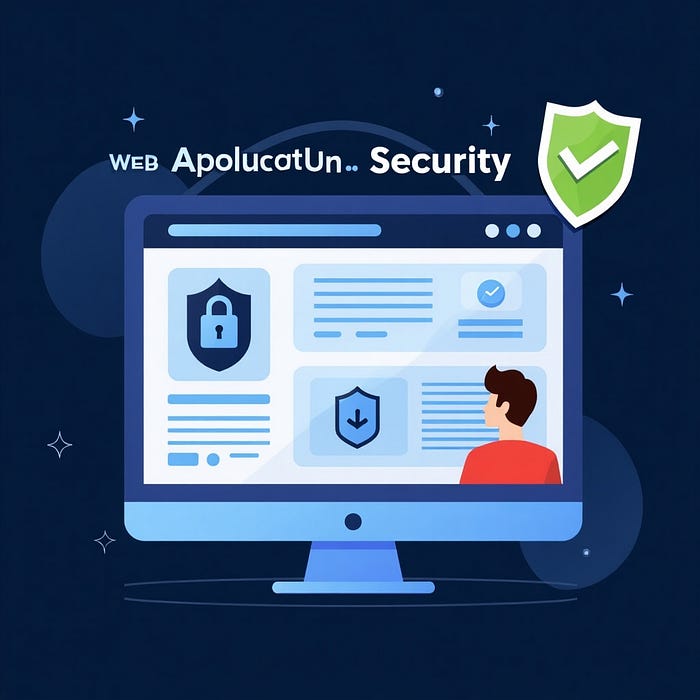In the world of cybersecurity, knowledge is the first line of defense. Every day, attackers look for weaknesses in web applications to steal data, disrupt services, or exploit systems.
To help developers, security professionals, and organizations stay ahead, the Open Web Application Security Project (OWASP) regularly publishes a list of the Top 10 most critical web application security risks.
Let's simplify what the OWASP Top 10 means — and why it matters to anyone building or using web applications.
The OWASP Top 10 1. Broken Access Control
This happens when users can perform actions they shouldn't be allowed to — like accessing another user's account, viewing confidential data, or modifying system settings. Example: A regular user accessing admin pages just by changing a URL parameter.
Tip: Always enforce the principle of least privilege and verify access on both the client and server sides.
2. Cryptographic Failures
Also known as "sensitive data exposure." This occurs when data like passwords, credit card numbers, or personal information is not properly protected. Example: Storing passwords in plain text or using weak encryption.
Tip: Use strong, modern encryption (like AES-256), and never hardcode secrets in code.
3. Injection
Injection flaws occur when attackers send malicious data into a system, causing it to execute unintended commands. Example: SQL Injection — where a hacker manipulates a database query to gain unauthorized access.
Tip: Always validate and sanitize user input. Use parameterized queries or ORM frameworks.
4. Insecure Design
This is about flaws in the system architecture itself — when security is not considered during design. Example: Building an app without proper input validation or missing security controls altogether.
Tip: Embed security early in the design phase (also called security by design).
5. Security Misconfiguration
This is one of the most common and preventable issues. It occurs when systems or applications are left with insecure default settings. Example: Leaving default admin passwords unchanged or exposing error messages with too much detail.
Tip: Regularly review configurations and disable unnecessary features or accounts.
6. Vulnerable and Outdated Components
When software libraries, frameworks, or plugins are outdated, they often contain known vulnerabilities. Example: Using an old version of a web framework that hackers already know how to exploit.
Tip: Keep your systems updated. Use tools that alert you when dependencies have security issues.
7. Identification and Authentication Failures
Formerly called "Broken Authentication," this involves flaws that let attackers compromise passwords or session tokens. Example: Weak password policies or session IDs that don't expire.
Tip: Implement multi-factor authentication (MFA) and secure password handling.
8. Software and Data Integrity Failures
This happens when code, updates, or critical data can be altered without verification. Example: Using third-party plugins or updates from untrusted sources.
Tip: Always verify digital signatures and use secure update mechanisms.
9. Security Logging and Monitoring Failures
Without proper logging and monitoring, attacks can go undetected for months. Example: A data breach that goes unnoticed because the system logs were never reviewed.
Tip: Log key security events and monitor them continuously. Set up alerts for suspicious activities.
10. Server-Side Request Forgery (SSRF)
In SSRF attacks, an attacker tricks a server into making requests to unintended locations — often accessing internal systems or sensitive data. Example: A hacker makes your web app send a request to your own internal admin interface.
Tip: Validate and restrict all URLs and external requests that your server can access.
💡 Why This Matters
The OWASP Top 10 isn't just a list — it's a roadmap for building safer applications. By understanding these risks, developers can code more securely, organizations can protect their data, and users can trust the systems they interact with.
Cybersecurity isn't only the job of IT professionals — it's a shared responsibility. Whether you're a developer, business leader, or everyday user, awareness is the first step toward safety.
#CyberSecurity #OWASP #WebSecurity #AppSec #InfoSec #CyberAwareness #SecureCoding #DataProtection #CyberJourney #ContinuousLearning #TryHackMe #OwaspTopTen

